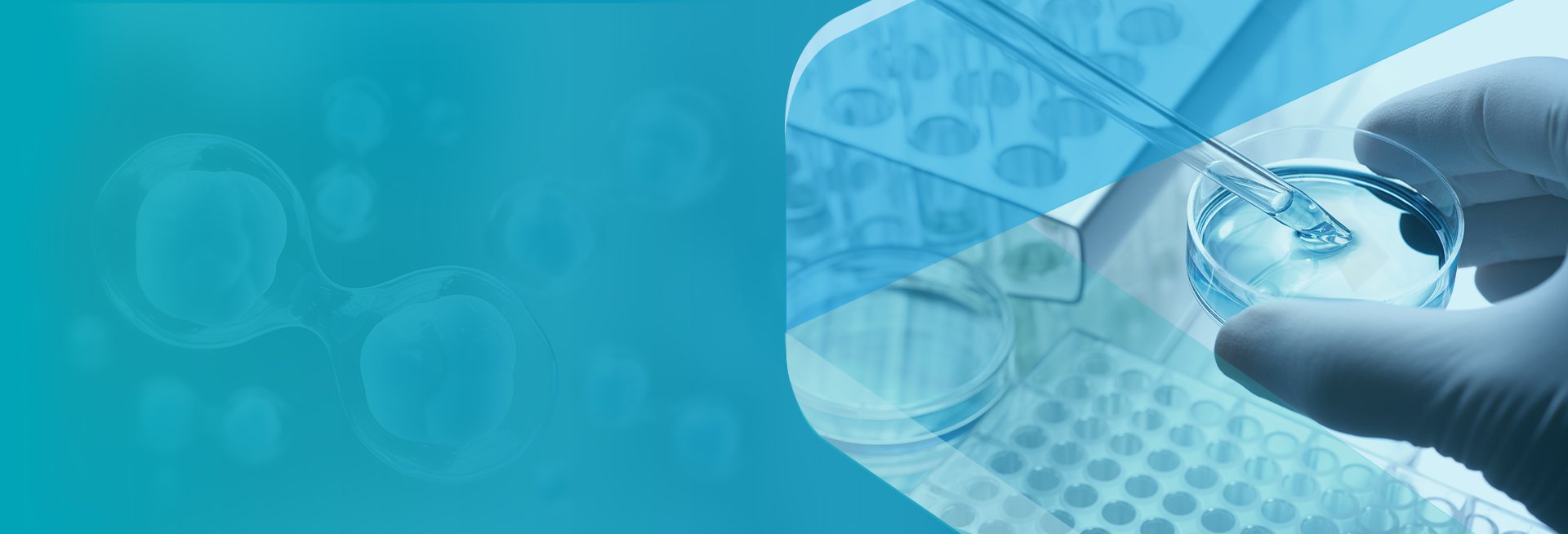2024. 06
Caliway Completed CBL-514 Phase 2b Study for Subcutaneous Fat Reduction with Topline Result Expected in Q4 2024
New Taipei City, June 6th, 2024- Caliway Biopharmaceuticals (Caliway) announces that the CBL-0204 Phase 2b study (clinicaltrials.gov ID: NCT05736107) was completed successfully at the end of May. The topline results are anticipated in Q4 2024.
The CBL-0204 study is a multi-center, randomized, placebo-controlled Phase 2b study to evaluate CBL-514’s efficacy and safety in reducing subcutaneous fat. A total of 107 participants with moderate to severe abdominal subcutaneous fat assessed by the Abdominal Fat Rating Scale (AFRS) were enrolled and randomized 1:1 to receive up to 4 courses of CBL-514 or placebo treatments.
To optimize the Phase 3 study protocol and be better positioned to meet the study's primary and second endpoints, the CBL-0204 study employed the U.S. FDA-recommended efficacy assessment tool, the AFRS, for the Pivotal Phase 3 clinical study. Furthermore, this study incorporates the use of MRI (Magnetic Resonance Imaging) to assess the subcutaneous fat volume change in the treated area. The goal is to simulate the final study design and execution conditions to enhance the success rate of meeting efficacy endpoints in the future CBL-514 Pivotal Phase 3 study.
In parallel, Caliway received initial approval for the CBL-514 Pivotal Phase 3 study in Australia in January 2024, signaling a significant milestone. Anticipating CBL-0204 Phase 2b results, the company gears up for an End-of-Phase 2 (EOP2) meeting with the U.S. FDA, paving the way for subsequent IND submissions globally. Following up, Caliway will proceed to submit Pivotal Phase 3 clinical study IND applications to the U.S. FDA, the European Medicines Agency (EMA), and Health Canada (HC).
The primary efficacy endpoint is the percentage of participants with at least 1-grade improvement reported by the investigator. The secondary efficacy endpoints include the percentage of participants with at least 2-grade improvement reported by the investigator, 1-grade improvement reported by participants, and the change of abdominal fat volume and thickness measured by MRI.
Caliway is investigating multiple indications for CBL-514, including non-invasive subcutaneous fat reduction, Dercum’s disease, and cellulite. All the CBL-514 Phase 2 studies of three indications have met the primary and secondary efficacy endpoints with a favorable safety and tolerance profile.
The CBL-0204 study is a multi-center, randomized, placebo-controlled Phase 2b study to evaluate CBL-514’s efficacy and safety in reducing subcutaneous fat. A total of 107 participants with moderate to severe abdominal subcutaneous fat assessed by the Abdominal Fat Rating Scale (AFRS) were enrolled and randomized 1:1 to receive up to 4 courses of CBL-514 or placebo treatments.
To optimize the Phase 3 study protocol and be better positioned to meet the study's primary and second endpoints, the CBL-0204 study employed the U.S. FDA-recommended efficacy assessment tool, the AFRS, for the Pivotal Phase 3 clinical study. Furthermore, this study incorporates the use of MRI (Magnetic Resonance Imaging) to assess the subcutaneous fat volume change in the treated area. The goal is to simulate the final study design and execution conditions to enhance the success rate of meeting efficacy endpoints in the future CBL-514 Pivotal Phase 3 study.
In parallel, Caliway received initial approval for the CBL-514 Pivotal Phase 3 study in Australia in January 2024, signaling a significant milestone. Anticipating CBL-0204 Phase 2b results, the company gears up for an End-of-Phase 2 (EOP2) meeting with the U.S. FDA, paving the way for subsequent IND submissions globally. Following up, Caliway will proceed to submit Pivotal Phase 3 clinical study IND applications to the U.S. FDA, the European Medicines Agency (EMA), and Health Canada (HC).
About Subcutaneous Fat Reduction Market
The Deloitte China Aesthetic Medicine Market Outlook Report estimates that the global market for localized fat reduction will exceed $89.2 billion by 2030. Additionally, the American Society of Plastic Surgeons (ASPS) research report indicates that more than 60% of people are still hesitant to use the current fat reduction treatment due to dissatisfaction with the efficacy or the fear of adverse effects. All the aforementioned reports demonstrate that the localized fat reduction market is substantial with unmet clinical needs.About CBL-0204 Phase 2b Study
The CBL-0204 study is a multi-country, multi-center, randomized, placebo-controlled Phase 2b study to evaluate CBL-514’s efficacy and safety in reducing subcutaneous fat. A total of 107 participants with moderate to severe abdominal subcutaneous fat accumulation as assessed by AFRS were enrolled in the U.S. and Australian clinical sites and randomized in a 1:1 ratio to receive up to 4 treatments of allocated CBL-514 or placebo administered subcutaneously to the abdomen, once every 3 weeks, along with three follow-up visits at 4 weeks, 8 weeks, and 12 weeks after the last treatment. The treatment dose will depend on the level of subcutaneous fat on the participant's abdomen. The maximum dose is 600 mg per treatment.The primary efficacy endpoint is the percentage of participants with at least 1-grade improvement reported by the investigator. The secondary efficacy endpoints include the percentage of participants with at least 2-grade improvement reported by the investigator, 1-grade improvement reported by participants, and the change of abdominal fat volume and thickness measured by MRI.
About CBL-514
CBL-514, a potentially first-in-class small-molecule drug, is a lipolysis injection that can induce adipocyte apoptosis and lipolysis to reduce subcutaneous adiposity in treatment areas without causing any systematic side effects on the central nervous system, cardiovascular system, and respiratory system. Caliway's preclinical studies have shown that CBL-514 upregulates the apoptosis mediators caspase 3 and Bax/Bcl-2 ratio and then induces adipocyte apoptosis in vivo and in vitro.Caliway is investigating multiple indications for CBL-514, including non-invasive subcutaneous fat reduction, Dercum’s disease, and cellulite. All the CBL-514 Phase 2 studies of three indications have met the primary and secondary efficacy endpoints with a favorable safety and tolerance profile.


